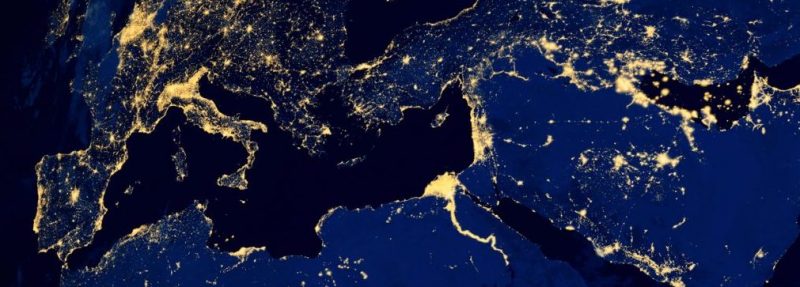GovLoop recently hosted the online training, Identify, Discover, Decide with Imagery and GIS with Esri to explore how imagery can provide information to support building strategies, create long-term plans and improve decision-making in government.
GovLoop spoke with three experts from Esri: Kurt Schwoppe, Business Development Lead; Mark Romero, Solutions Engineer; and Kyle Talbot Solutions Engineer about solutions available that can help government glean powerful insights from imagery.
In case you missed the online training or wanted to review, we’ve included the questions that we asked during the presentation and answers from the experts:
How reliable and accurate is GoogleEarth data? Satellite imagery is rarely available in developing countries most especially Africa.
Esri has recently updated our imagery base maps of Africa, so most of our content covering the continent is only a few years old. We are also working with partners who are collecting very high-resolution imagery of many places in Africa. I can get you in touch with these collectors if you are interested.
How does Esri build their apps like ArcGIS?
The web apps we’ve shown were all built with Web App Builder. We also provide a number of Javascript “Imagery Widgets” on GitHub that users can use to customize their own web apps.
Can you give an example of a decision maker and what that was who made a decision based on post-disaster imagery GIS?
FEMA, Red Cross, DHS, NOAA, and many insurance companies use post-disaster imagery. The data is also typically shared with many state agencies (e.g. DOTS, First Responders, etc…)
What about the privacy of the data?
The resolution of the commercial satellite imagery is governed by the policies of the country that license the satellite company to build and fly. The U.S. limits satellite data to 30cms in resolution. In the U.S. there currently is no limit to the resolution of imagery collected by aircraft and drones. Be aware that Esri does not collect imagery data – we acquire our imagery from companies licensed to fly and collect the original sources.
Is it possible to use ArcGIS Pro to work on a project in developing countries where data is rarely readily available?
There are a number of freely available global satellite datasets you can have access to. These are LANDSAT from NASA/USGS and Copernicus Sentinel 2 imagery from ESA. Pro supports both of these image types
Is it easier to work with the GIS Pro version if comparing it to the standard version? Like navigating through all the options an tools, also the layout of the GIS program?
The app in the demo is Drone2Map, not Pro. However Pro does have a ribbon interface. If you are comparing it to ArcMap, it takes a little time to get used to the new interface. However, the ArcGIS concepts haven’t changed from ArcMap to Pro. Just the UI. One other thing to note. Pro is more integrated with the bigger ArcGIS ecosystem such as ArcGIS Online and Enterprise
What ArcGIS License is available with Drone2Map?
You need a named user license to operate Drone2Map. It’s an annual subscription model.
Where can I get access to lidar points cloud?
In the US, go to the USGS 3DEP Website for freely downloadable data. Otherwise, you must hire an aerial provider.
Our experts also mentioned a couple of references for further reading:





Such an interesting session and I’m glad we have this Q&A handy for follow-up. Looking forward to learning more about GIS at the map up!